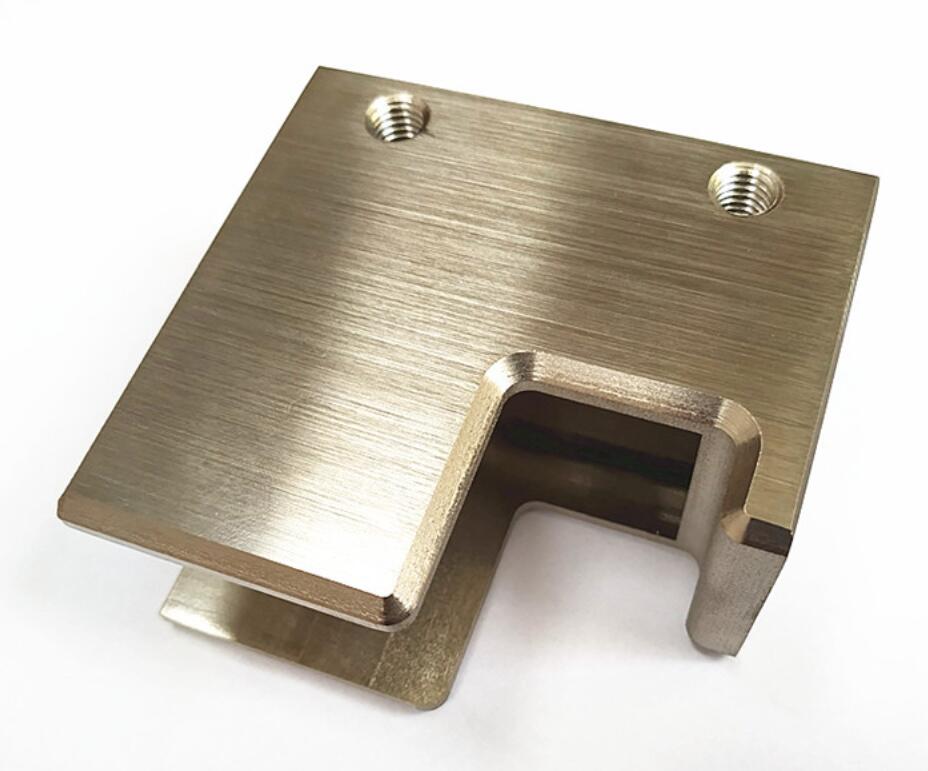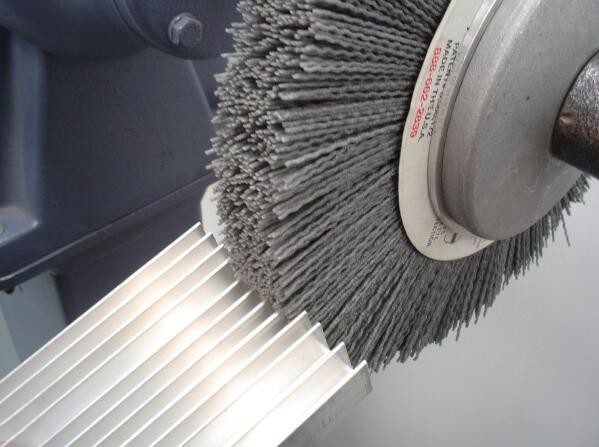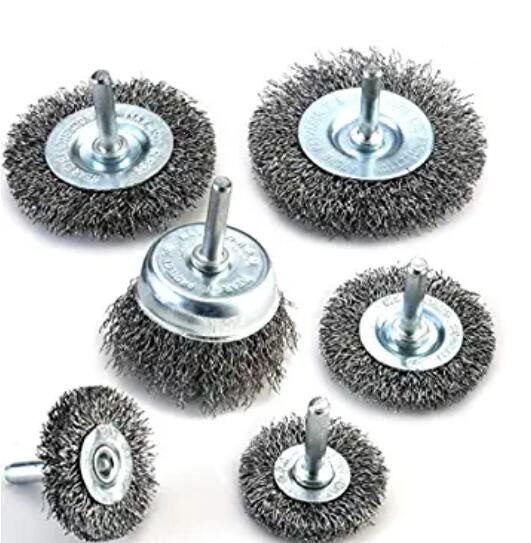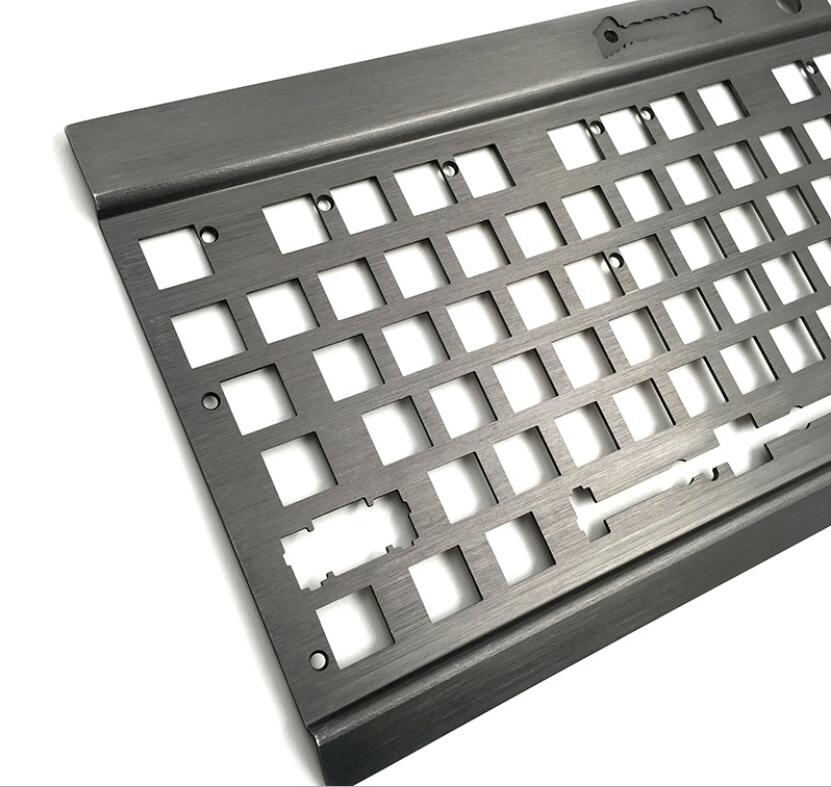Brass Brushes: Brass brushes offer a softer alternative to steel, being less likely to scratch or damage the surface of the workpiece. They are ideal for creating a brushed finish on softer metals like aluminum or brass itself. Despite their gentleness, brass brushes can still provide a clean, professional finish.
Power Brushes: Power brushes take the manual labor out of the brushing process. These powered tools can dramatically speed up the brushed metal finish process and deliver consistent results, especially when working with larger pieces. There are different types of power brushes available, including wheel brushes, cup brushes, and end brushes, each designed for specific tasks and material types.
C. Proper Application Techniques
Achieving a perfect brushed finish metal requires not just the right materials, but also skillful application. The brushing process typically involves applying consistent pressure and maintaining a steady direction with the brush strokes. It’s important to note that altering the brush’s speed or pressure can lead to inconsistencies in the finish, thus requiring a level of expertise and control.
D. Environmental Conditions
Elements like temperature and humidity can significantly affect the drying and curing times of the sealants or protective coatings used after brushing. Working in a controlled environment can help ensure more predictable and consistent results.
E. Curing and Drying Process
The curing and drying process is a crucial step in the brushed finish process. It typically involves applying a sealant or protective coating to the metal surface to protect the brushed finish steel or brush aluminum finish from oxidation, corrosion, and other potential damage.
The sealant type, its application method, and the duration and conditions of the curing process are all vital considerations. For instance, some coatings may require a specific temperature range to cure properly. Following the correct curing process ensures the durability and longevity of the brushed finish, maintaining its aesthetic appeal over time.
F. Common Mistakes to Avoid
Skipping Surface Preparation: The importance of cleaning and preparing the surface cannot be overstated. Skipping this step may lead to inconsistent finish and potential damage.
Using Wrong Brush Type: Using a brush that’s too hard or too soft for the material can lead to undesirable results. It’s critical to match the brush type to the metal you’re working with.
Inconsistent Brushing: Consistency is key in brushing metal. Inconsistent pressure or direction can lead to a mismatched pattern or grain on the final product.
Not Protecting Finished Surface: After achieving a satisfactory brushed finish, it’s vital to protect the surface. Without proper protection, the metal can get scratched or contaminated, ruining the hard-earned finish.





